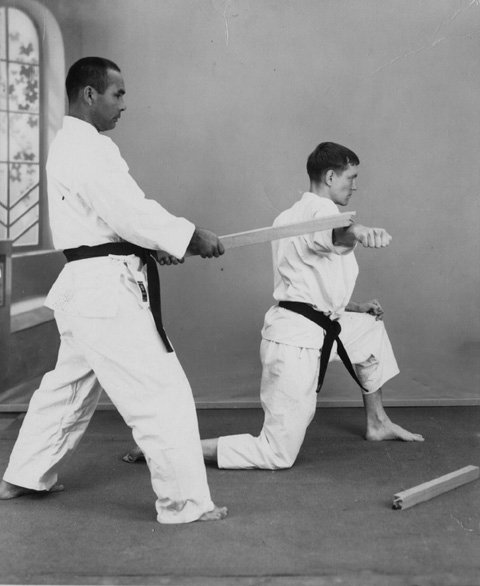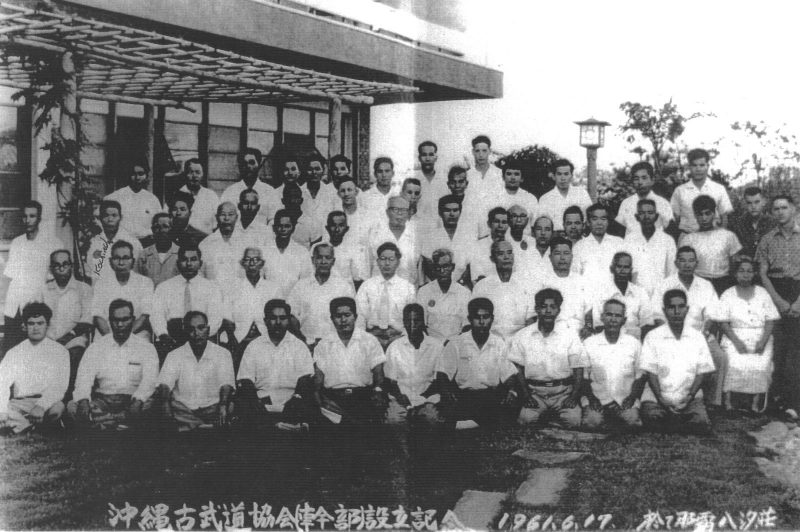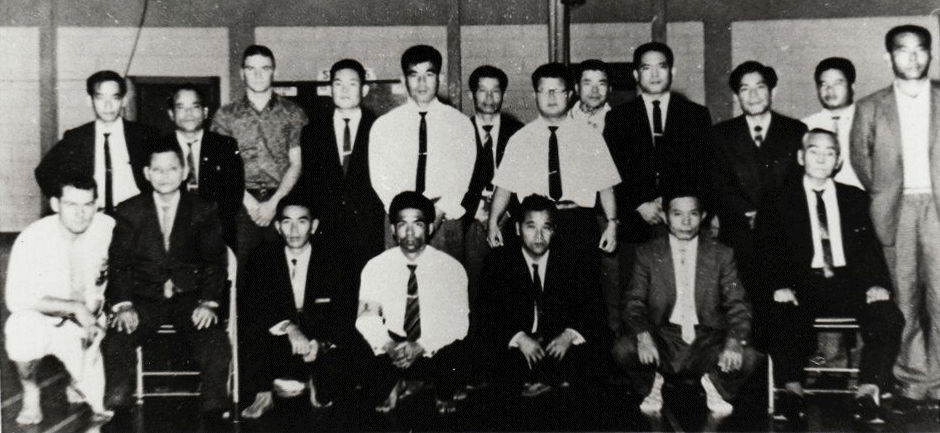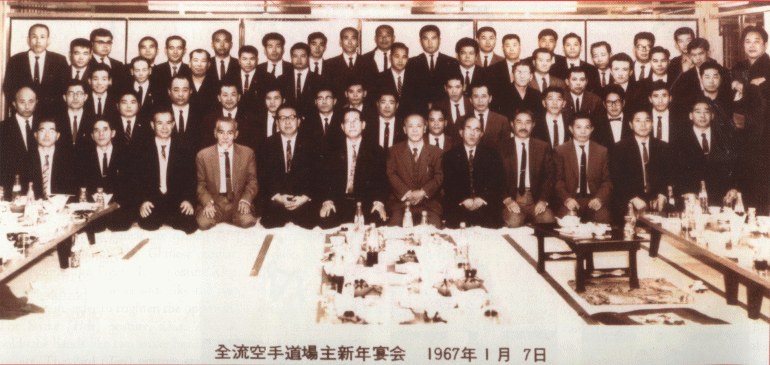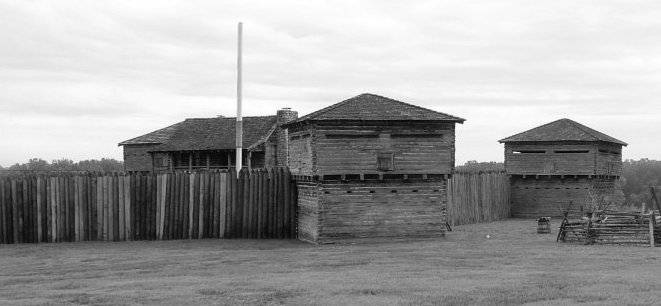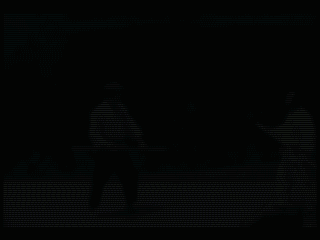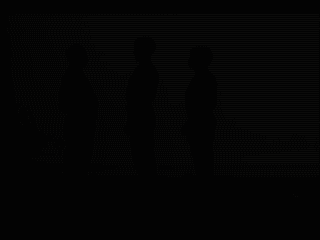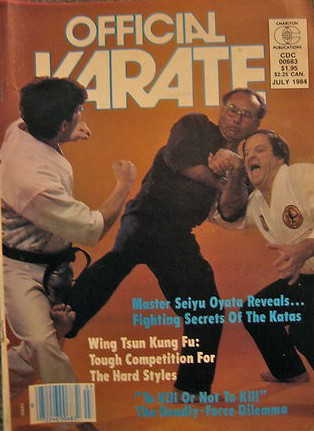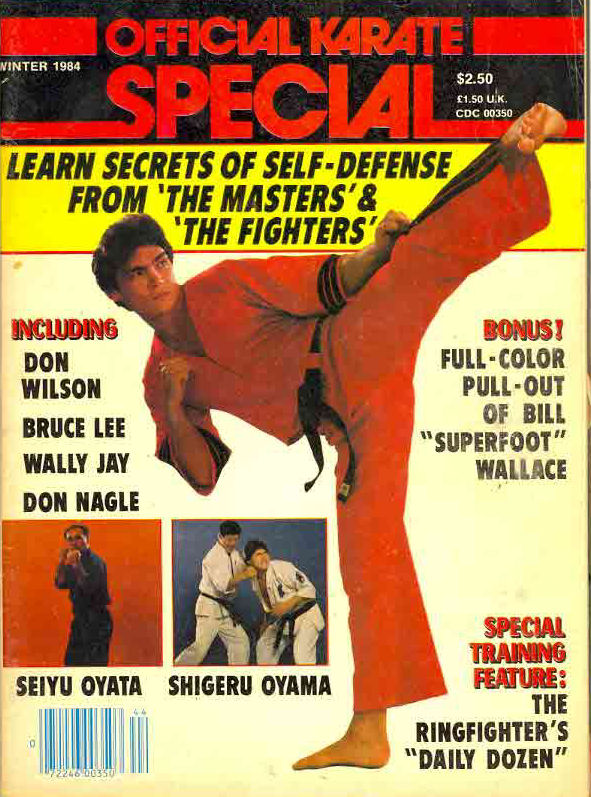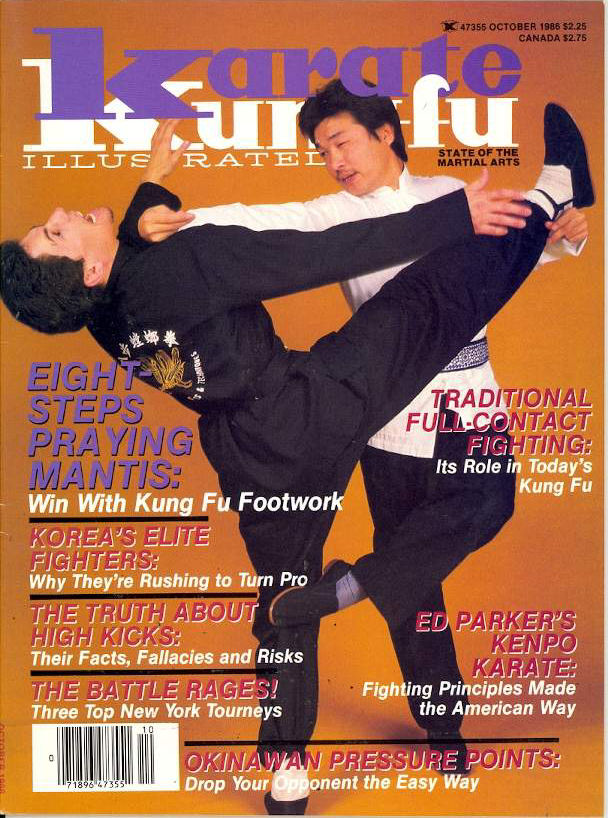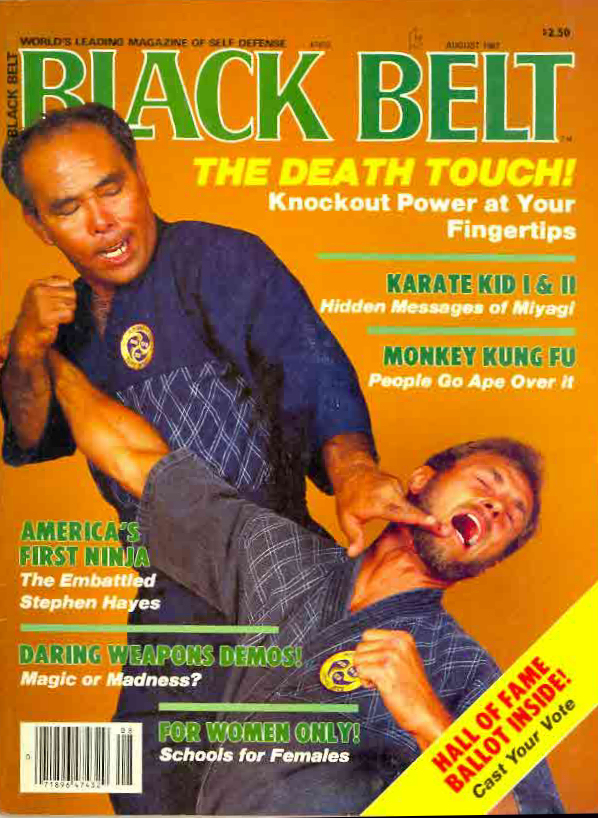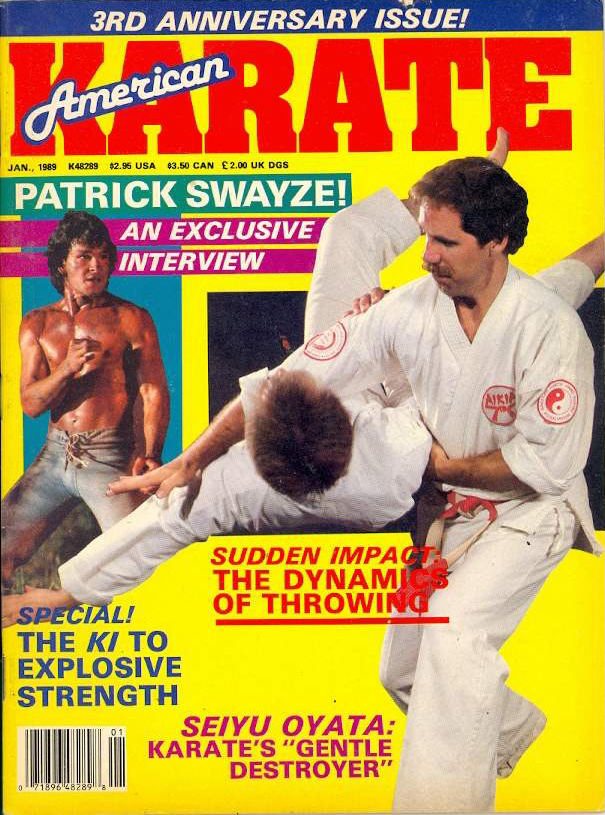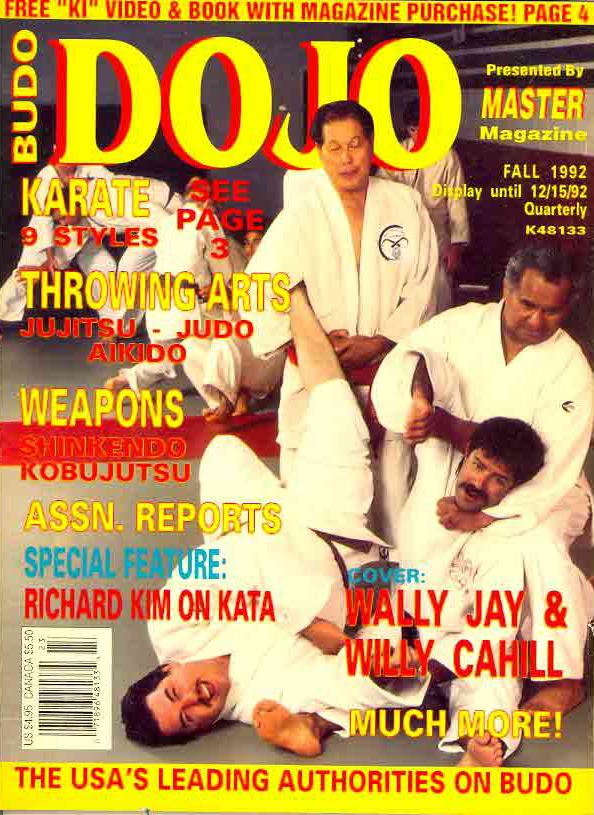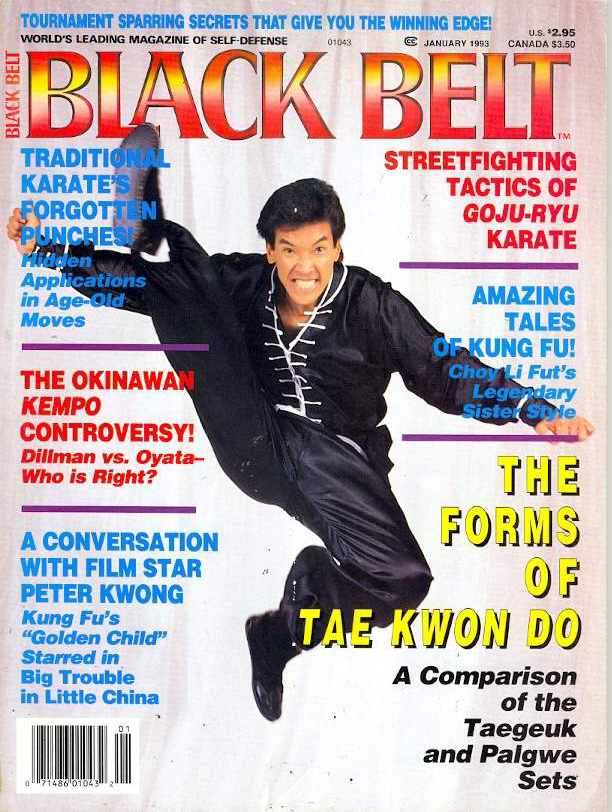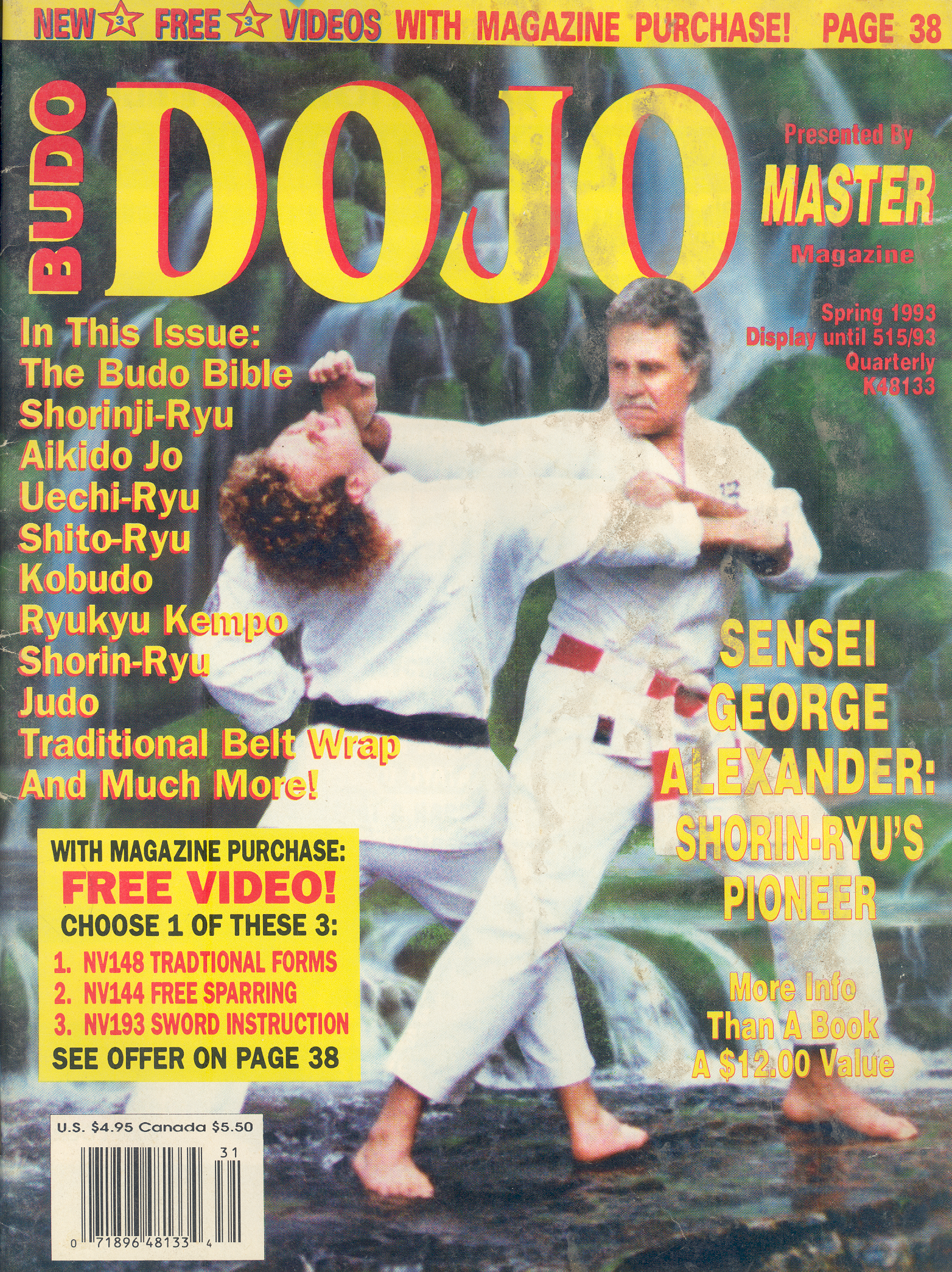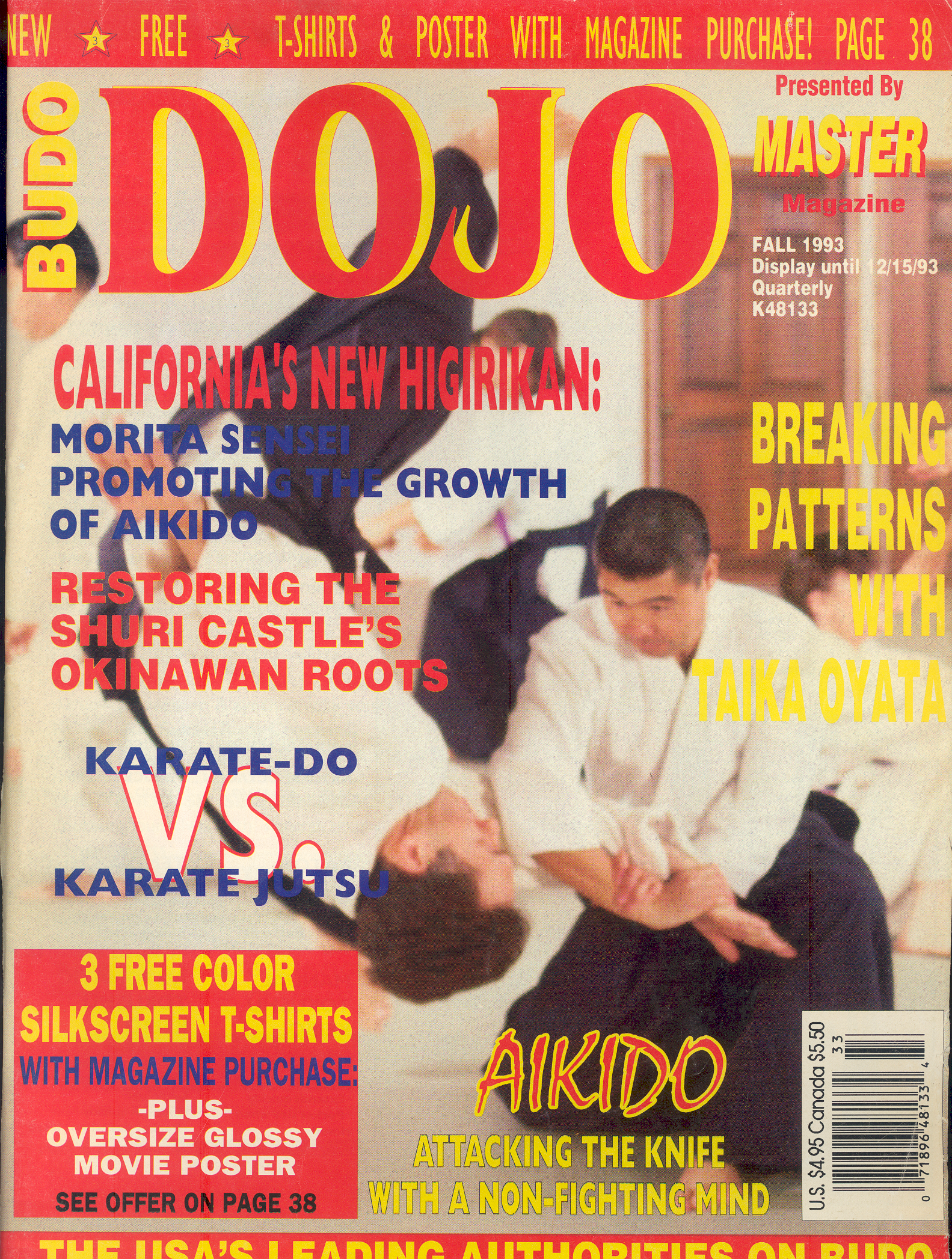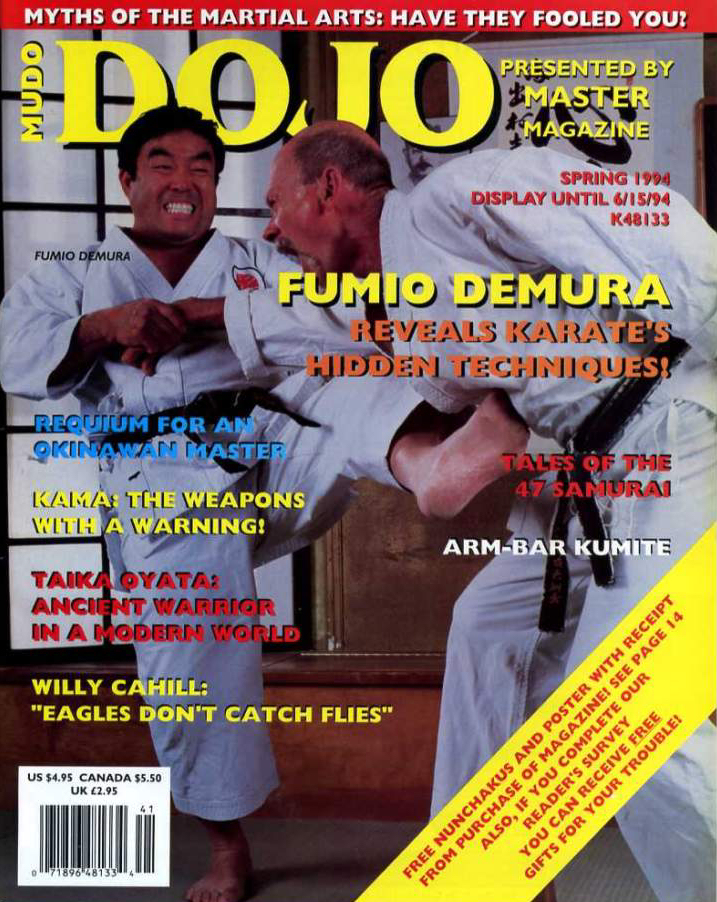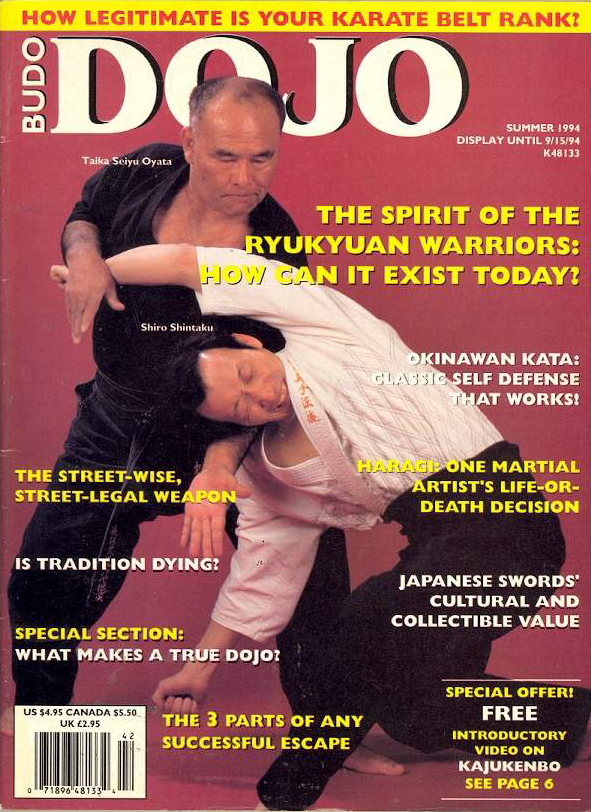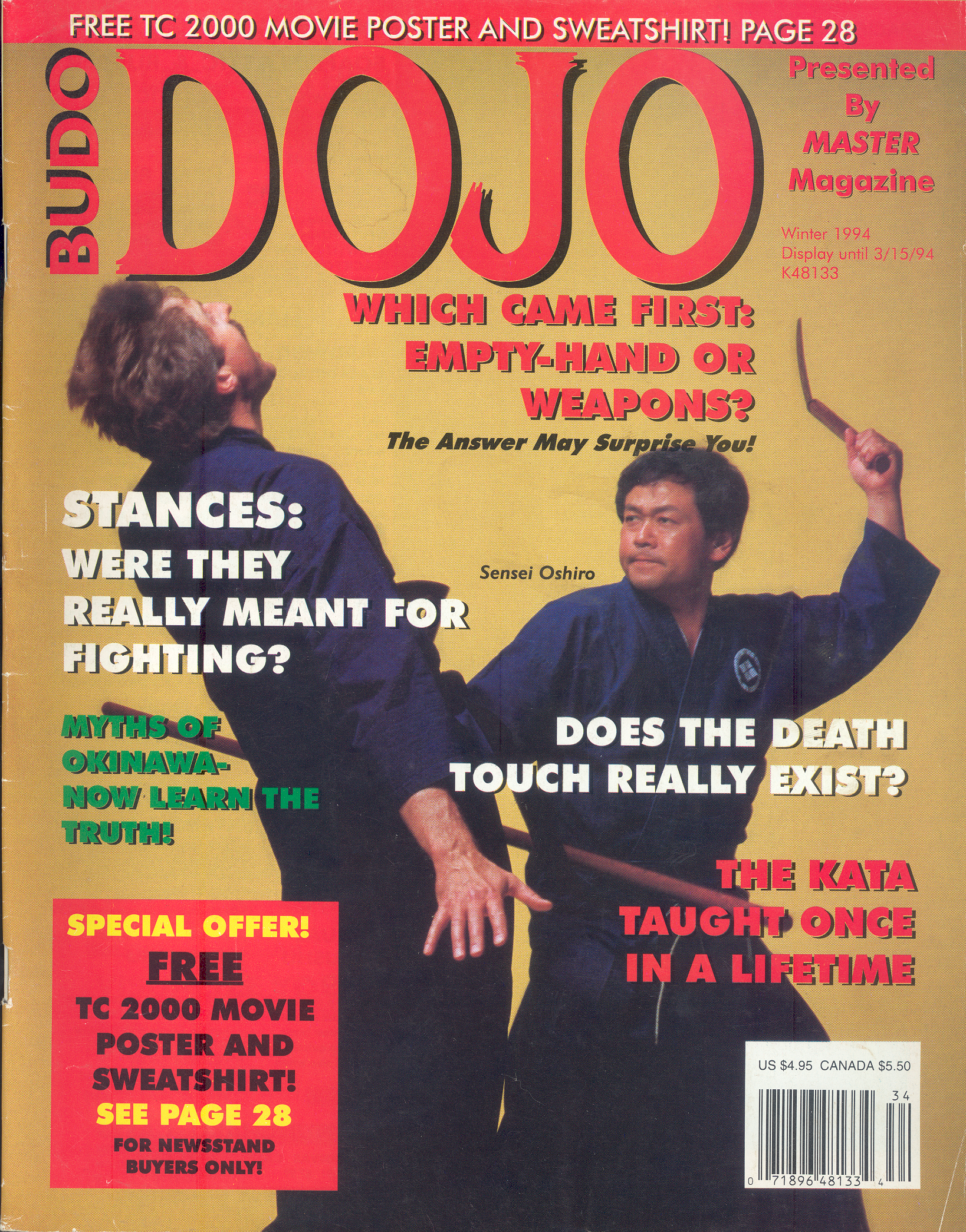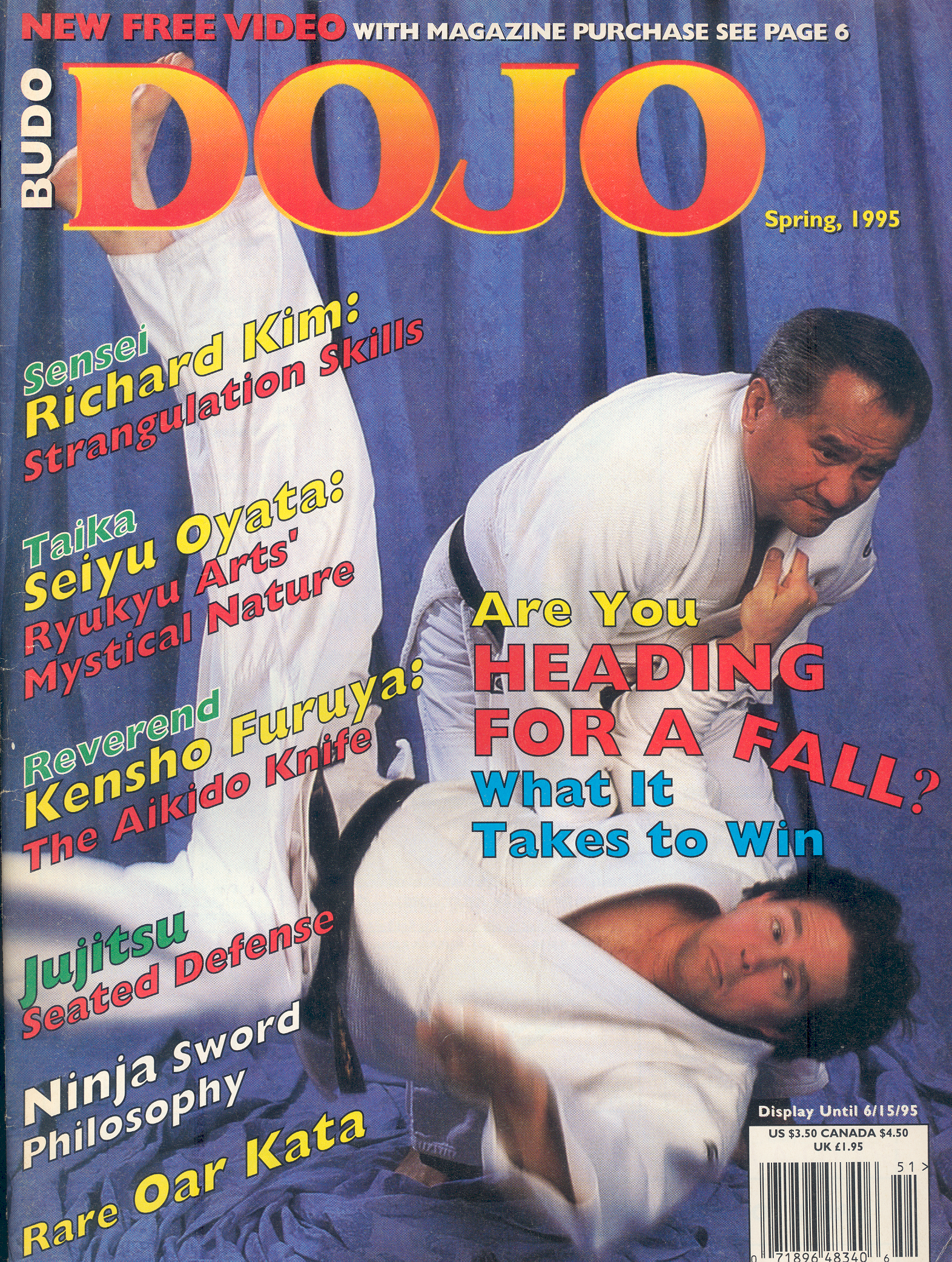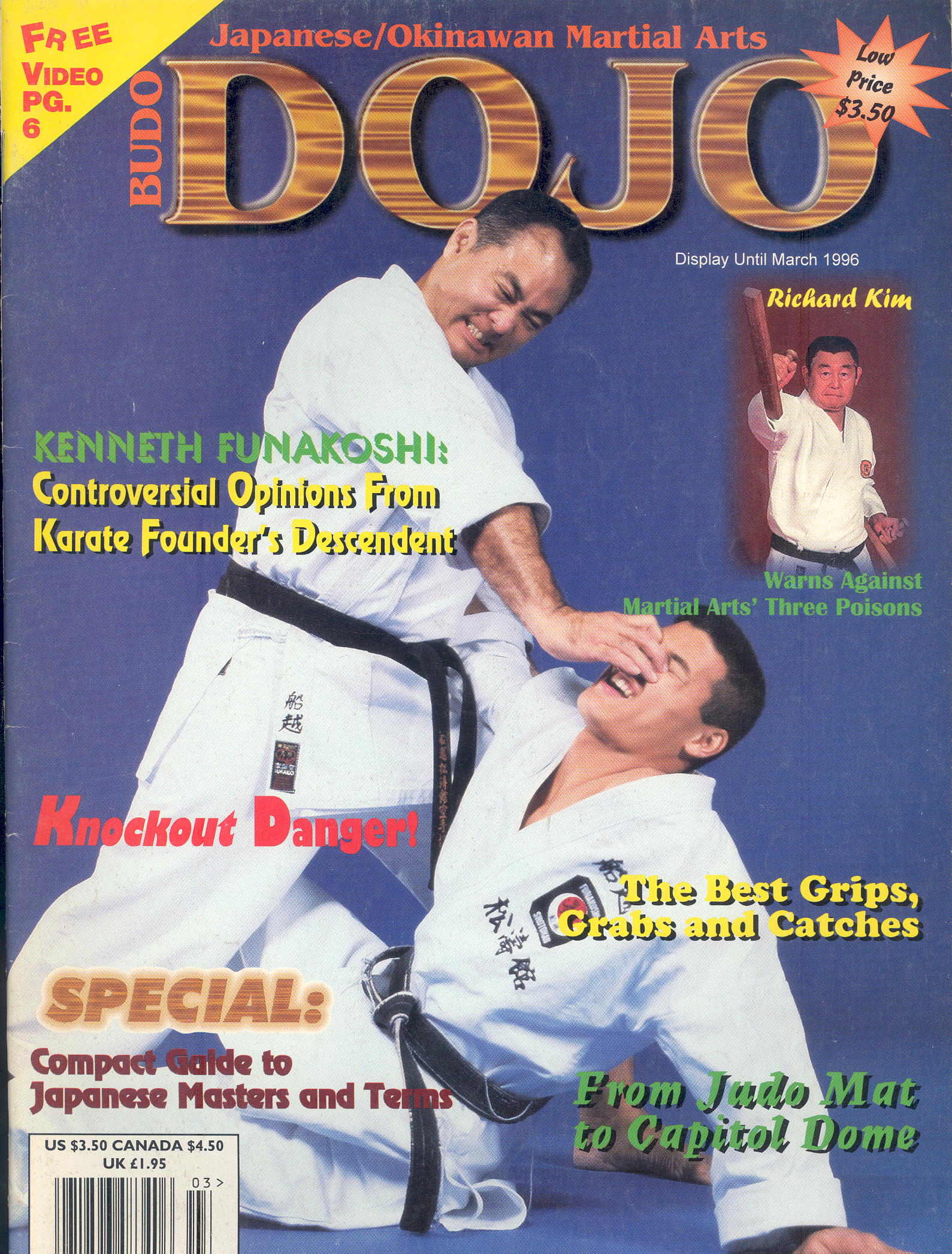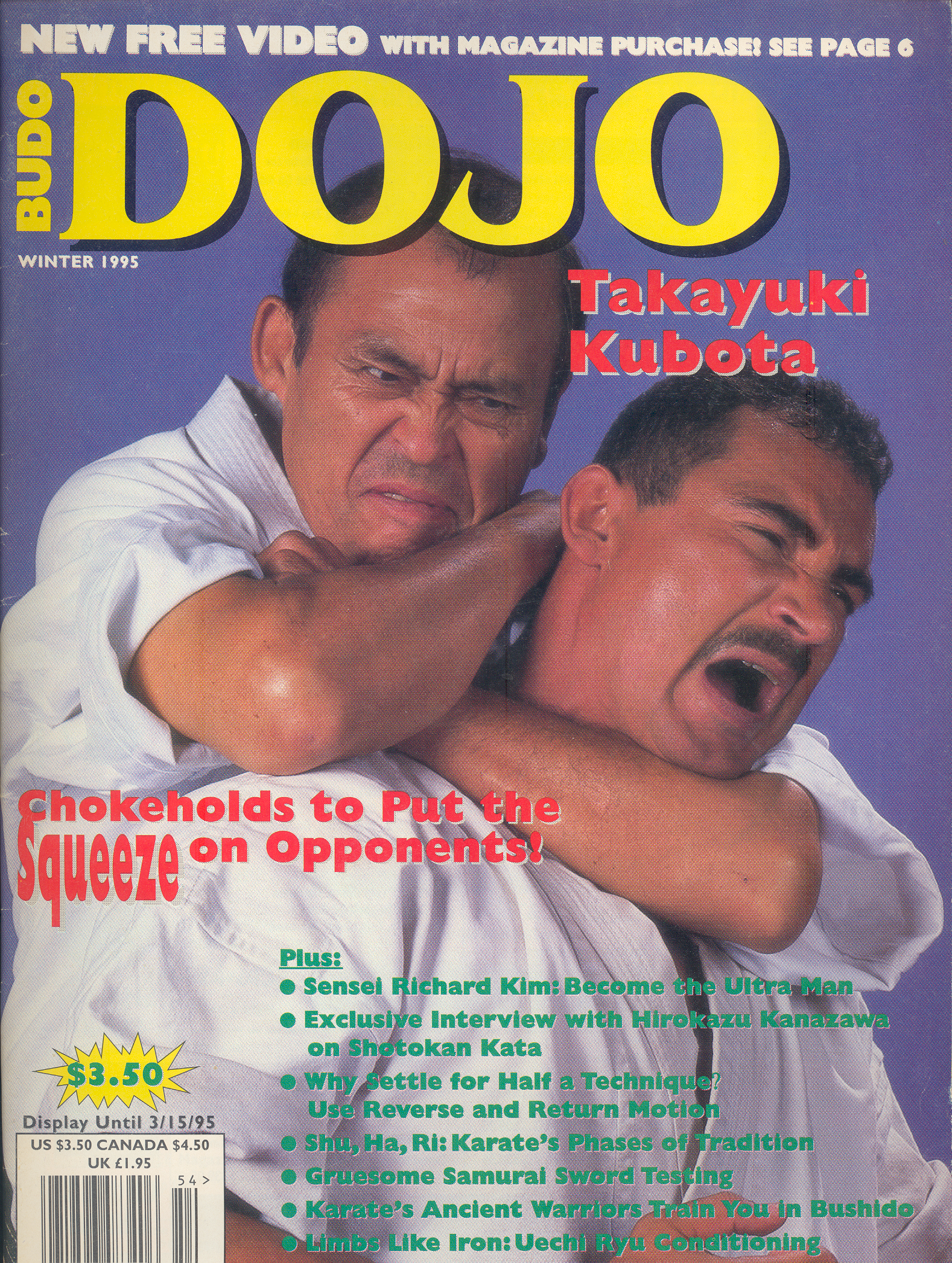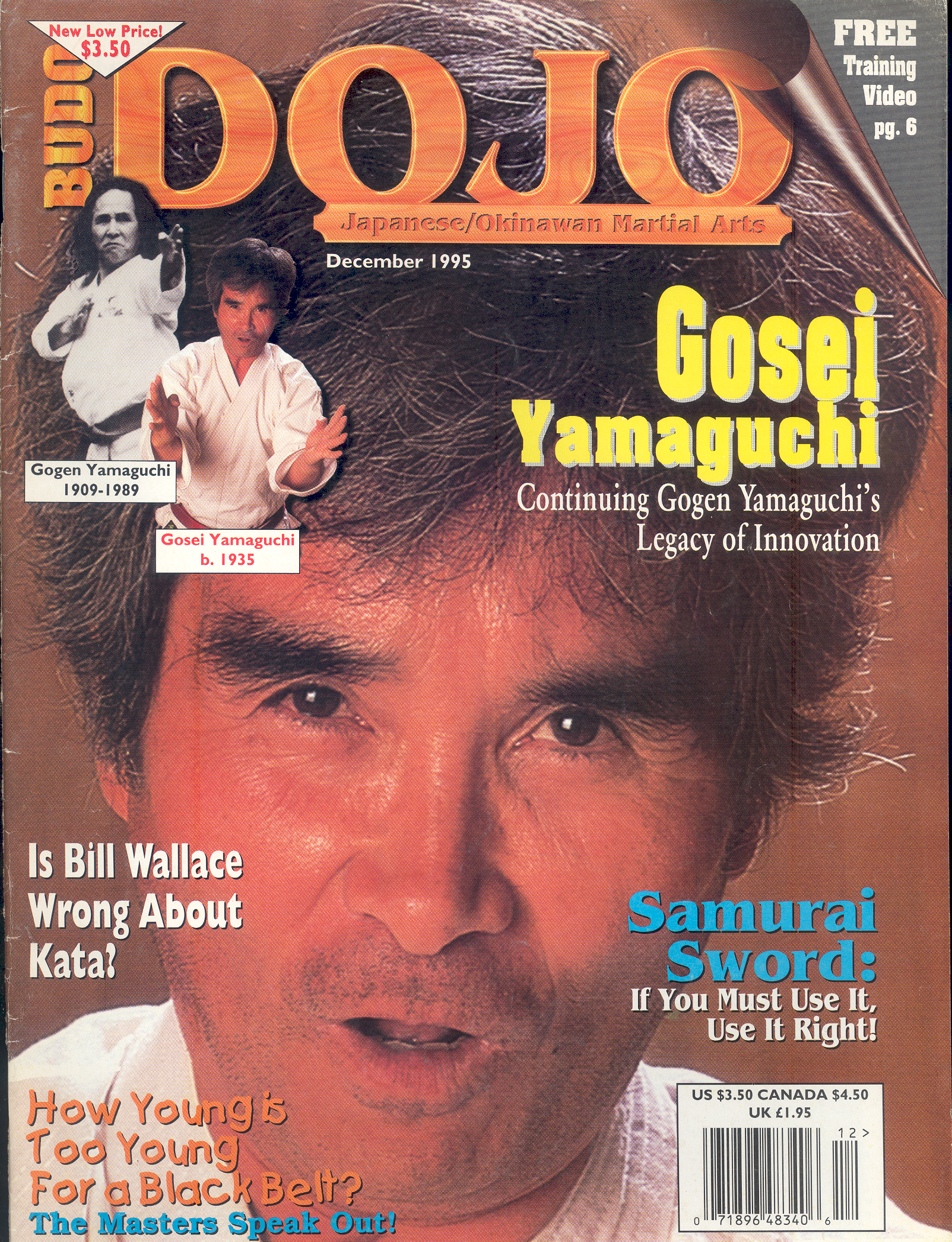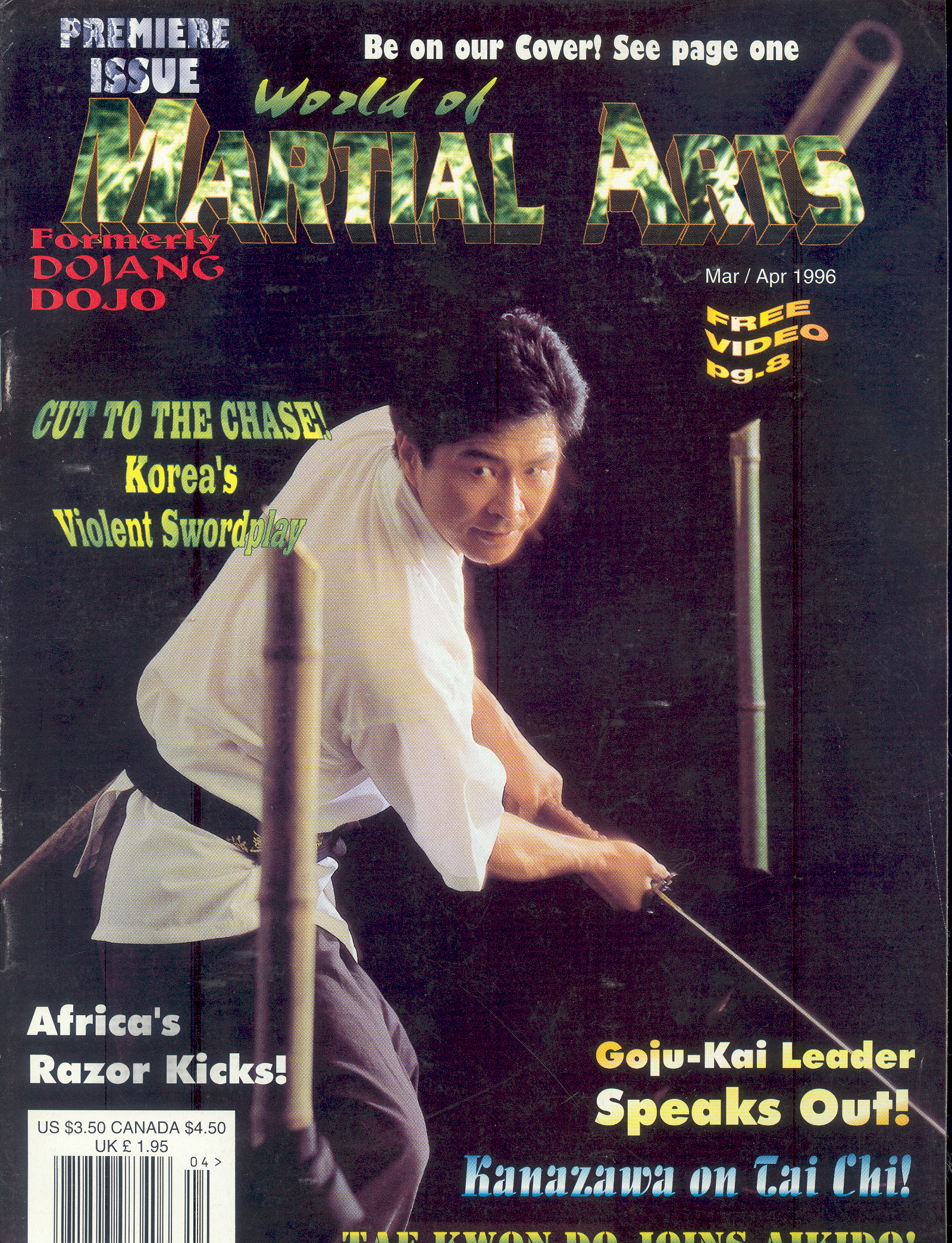 |
Taika Seiyu Oyata(October 19, 1930* - June 18, 2012) |
All published works of Taika Seiyu Oyata retain their copyright for 70 years past his life. Please respect Taika, his family, his business (Oyata Enterprises, Inc.) and RyuTe® Ren Mei by not posting his copyrighted material. Thank you. All Photos are property of Oyata Enterprises, Inc. These may not be copied or distributed in any form without express written permission from Oyata Enterprises, Inc. |
Taika Seiyu Oyata (1930-2012) is the founder of RyuTe® Renmei and Oyata Shin Shu Ho Ryu®.
The following is a 'work in progress' and the webmaster is continually updating as he scans documents for the RyuTe® Historical Society, sifts through diaries, videos and other assorted memorabilia. If you have information related to the history of Taika Seiyu Oyata, please submit to admin@ryute.com. Additionally a committe has been established to aid in this research, by the Board of directors.
Birth and Early Family
There was some debate about his birth year. Some early publications discussed that at the end of WWII most every document on the isle of Okinawa had been destroyed and families were forced to go to the government and have birth records reproduced. As there was nothing to go by, the government pretty much had to take your word for it. At that time, Taika's father believed the war could break out again at any time and he had already lost his other sons. He reportedly had Taika's birth documents set so that the birth date was two years higher, making Taika appear by documents as too young to be a soldier should fighting start again. This information was told to his students and the information was added to various documents over the years. When questioned about this later on before his death, he stated that his early students had the dates wrong and that the documentation was later corrected before he moved permanently to the United States. He was adamant that he was actually born in 1930 and not 1928 as many students purported. To confound this statement, he had told students for years that he was a Dragon in the Chinese zodiac. Well, if he was indeed born in 1928 that would put him as a Dragon but if he was born in 1930 he would have been a Horse. Additionally, when the historical society was given the original writings for Taika's "Te no Michi" book, it was discovered that there were many extra pieces of the book that were not included in the final product. One such item was a story about his post war age, placing him with a birth year of 1930. Mere weeks before the death of Taika's sister Tomi, she was asked about this and other topics. *(09-30-2014) Tomi confirmed that he was born in 1930 and was indeed a Horse by the zodiac. So Taika was, indeed born in 1930, not 1928.
Pre-Karate History
The Slate
Contrary to popular belief, Taika was not born on Okinawa. Taika was born on the Ryukyu island of Henza *(09-30-2014) and then moved shortly to Kita Daito which is located approximately 250 miles east of the main island of Okinawa. He was the youngest son of Kana Oyata who was at that time, the equivalent of the governor of Kita Daito. This island was small and at the time there was no airport, so the only way there was by boat. The only telephone on the island was in his family's house as the governor of the island was the only one that needed contact. There are no beaches on the island and at the time, the only access to the water was by crane. The next closest island was Minami Daito which did have an airport. So it was possible to take a flight from Minami Daito to mainland Japan and back, then boat from the Southern island to the Northern island.
Oyata Family Heritage
Taika's family lineage may be traced back to Zana Oyakata, which is very important as this acts as the reason he was later allowed to train with two masters that he met after WWII. 親方 Oyakata is actually a title, not to be confused with the name of Oyata. The first character, Oya, is the same as the first character of Oyata, however that is more a coincidence than anything. Oya means parent and Oyakata can be thought of as a father figure and is so used as that in many Japanese apprenticeships such as a bonsai apprentice. It might even translate as something like coach but it means more than that, hence the family context. In the Ryukyu language it would be pronounced more like Ueekata, so click on the link to learn even more. In 1609, the Shimazu clan of the Satsuma Domain, Japan, invaded the Ryukyu kingdom. After a brief struggle, the Ryukyu king Sho Nei surrendered and the Shimazu took him and roughly one hundred of his officials to Japan. In 1611, the Shimazu forced Sho Nei and his councilors to swear various oaths admitting wrongdoing for the war and pledging allegiance to the Shimazu. Zana Oyakata, one of the king's closest advisors, refused to sign the oaths and was beheaded. The Shimazu changed the family's name to Shinda, which sounds like the word for death, and erased the Zana family history. For each Japanese character there are at least two pronunciations of them call the 'On' and 'Kun' readings. 親 can be pronounced Shin with the 'On' reading or Oya with the 'Kun' reading. Both mean Parent. The phonetic sound of SHIN is also the same as the word for death; however it is a different character 死. Many things in Japanese culture that phonetically sound like death (shinu), are considered unlucky and are avoided. Just like, technically counting a fourth count as shi sounds like the verb for death, you will normally hear people use yon instead. Thus you don't ever get the rank of Shi-kyu or shi-dan (death belt). The latter half of the name can be pronounced Da or Ta, the only difference is really a subtle difference in how it is pronounced depending on the previous sound. So after an 'N' sound of Shin it would be softened to DA but after a sound like YA it would be appropriate to would be hardened to TA. Thus Shinda changed over time to Oyata. The characters stayed exactly the same; it was only the phonetic sound of the name which lost its unluckiness.
Due to the release of a family lineage chart in the mid 1980's, some people misunderstood a link that was shown to the Ikemiyagushiku family which was listed on the chart. Taika was asked about this a few years before his death and stated that he was related to the Ikemiyagushiku family and was a cousin of Chōjun Ikemiyagushiku. If that name sounds familiar, it is the Okinawan pronunciation of Chōjun Miyagi. He met Chōjun through his training with Uhugushiku no Tan Mei which will be discussed a little later. In a story related to his students during a class around 2008, Taika stated that Uhugushiku no Tan Mei introduced him to Chōjun Miyagi, though he didn't train with Chōjun. Taika stated that at first, Chōjun wouldn't even acknowledge his existence until Uhugushiku informed Chōjun of his lineage and that they were related, though distant cousins. This meeting took place outside Uhugushiku's residence and all they did was discuss karate, no actual training took place.
Okinawan Sumo
Though Taika never discussed actually training, he was exposed to Okinawan Sumo, known by the name kakuyukai. His father was a practitioner, and apparently quite the competitor, winning many competitions in his day. His eldest brother Akio trained in the art but Taika did not, though was exposed to it. *(09-30-2014)
Okinawa Sumo is more a cross between Edo Sumo wrestling and Judo. The goal is to toss an opponent onto their back, but unlike Edo Sumo, a heavy gi would typically be worn. It typically takes place on a sandy patch of ground. They start by looping hands into each other’s belts and leaning in. In the first round, each will attempt to throw the opponent onto their back. There are no boundaries though it can be stopped if it appears either is in danger of running off the sand.
Tokyo Grade School
As a child, Taika was sent off to his Aunt's home in the mainland for school. Taika had mentioned that he was a tad bit 'wild' in his younger years and his parents who already had a full house on a small island sent him to live with his aunt. If he grew up in mainland Tokyo, one would presume that he would have had some physical training as part of the grade school curriculum in the late 30's to early 40's. Both Judo and Kendo had been part of the normal school curriculum since 1911 in mainland Japan. In 1902 on Okinawa, Commissioner of Education Shintaro Ogawa recommended Okinawan Te be included in the physical education of the first middle school located there. So surely, as a child Taika would have had some exposure to Te and other arts. Though I never heard him discuss any exposure at this age, surely it crossed his path at the least.
World War II
During the end of World War II, the Japanese were growing quite desperate as their allies caved and their fleet of ships continued to dwindle. The Allies were pressing in closer and closer. During this time period, a desperate plan (one of many) was hatched where someone decided that it would be a good idea to cut a torpedo in half, add a center compartment large enough for one person, and then launch manned suicide torpedos towards the Allied fleet. This weapon sounded pretty good in theory, however was not as effective in real life as they had hoped. It was called Kaiten.
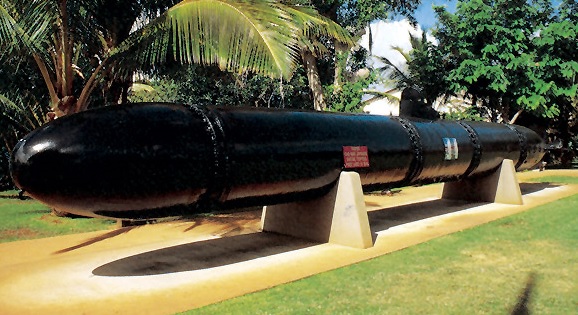
If you read the Kaiten Weapon book pictured below, which is now out of print, you'll see it follows the life of the author as he is conscripted into the program. There are a lot of things the Navy was looking for in its weapon pilots. Initially it was volunteer, but later they began hunting for people that met a certain set of criteria. An example of this is sons that were not first born, of larger families. Taika met these criteria as well as others such as being single. He would have been quite young at the time of this conscription, anywhere between 14-16 in the last year of the war. At some point, he was moved into this program. There was a lot of training that these Navy conscripts undertook, it wasn't all torpedo piloting. They underwent conditioning as well as judo, kendo, naginata, yari, and iaido. He also studied sword drawing (iaido) from an old Bushi whose style was Gogai-Ryu. Once trained on the Kaiten, Taika’s family was informed he was killed and his death certificate issued. Prior to fulfilling his mission in his suicide submarine, WWII ended. Had the war lingered much longer, Taika would not be alive today. Members selected for these missions were given the rank of lieutenant at a minimum.
Taika’s three older brothers; Taro, Kiseii and Akio were killed in action. Taika stated that his eldest brother died December 7, 1941, during the battle of Pearl Harbor, flying a plane. I asked what type and Taika said he didn't know. His second oldest brother died during the Second Sino-Japanese war which took place between July 7, 1937 and September 9, 1945. The third oldest brother died during the Battle for Okinawa sometime between April 1, 1945 and June 22, 1945. His name can be found on the Okinawa Peace memorial Park. From small tidbits of conversations, Taika had stated that his brothers were all quite a bit older than him. He stated that his father had his first son when he was 18 years old and that the oldest boy was probably 15-18 years older than Taika. None of Taika's brothers had children. The Oyata family tomb, which Taika had rebuilt, is near Shuri.
 |
Kaiten Weapon Yutaka Yokota A good read to gain perspective on Taika's wartime history. |
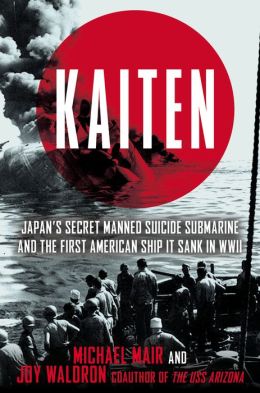 |
Kaiten: Japan's Secret Manned Suicide Submarine and the First American Ship it Sunk in WWII. Michael Mair
|
Post-War (1945-1953)
Diving Accident
Sometime after WWII (is is unclear if this occurred before he began his training with Uhugushiku or after his instructors passed away) money was tight on Okinawa and Taika found himself diving as a side job. After the war, the U.S. military had towed many military vessels out to sea and sank them. Scrap metal was worth a lot of money and Taika would go out to these locations, dive down, tie a rope to some scrap, and recover the scrap to sell on the island. On one such endeavor, he tied off the metal to the rope. He stated he would tug on the rope and that was the signal for his partner to hoist him and the scrap metal up. Apparently Taika and the attached scrap were pulled up too quickly and Taika got a severe case of the bends, leading to a coma. Taika told me that he was in the coma for a year, but others state that they were told the recovery time was a year.
Military Job
After the war ended, Taika returned to the Ryukyu Islands and he landed on the main island of Okinawa with his family. There he found that the U.S. military was looking for a few drivers, locals to aid in the delivery of food and supplies to the smaller islands around Okinawa. The requirements of this were that the islander had a valid driver's license as well as an understanding of the various Ryukyuan languages. Having grown up partially on the smaller islands, and having parents and formerly grandparents that spoke the other languages, he met that requirement as well as had obtained a drivers license. He got the job. This was a very important job as it allowed him access to food and other resources other than just his pay check. This also led to Taika and his father being a bit paranoid in Post-War Okinawa as others knew that he had money and food. It was a dangerous time, as there were a lot of hungry people on the island without either. He told stories of him and his father taking turns staying up all night guarding their food and money in the house because the 'hungry and poor' knew where they lived, and what they had. This would lead him to the need for life-protection training.
Taika got the job driving a DUKW around to a group of small islands and delivering food and other resources to them. He would often have 'left over' food and sometimes gas that he would sell or use for his family. While doing this job he ran into an interesting man who was fishing and was noticeably out of character as he was still wearing the bushi style hair, top knot, which had been outlawed many years earlier. This man, Uhugushiku no Tan Mei, Taika discovered, was a former bushi forced out of service during the Meiji Restoration. He was a descendant of a famous bushi named Uhugushiku Kenyu who was better known by his nickname of Uni Uhugushiku. Uni is the Okinawan term for devil. The Uhugushiku family was well known for their kobudo (weapons) skill. Uhugushiku no Tan Mei lived in a house on Teruma Beach close to the ocean. Taika observed him fishing off the shore and after finding out from locals that he was a bushi, decided to attempt to acquire him as an instructor. Taika used the offer of taking him out to fish in deeper waters with the DUKW, to attempt to gain him as an instructor. It took some time to convince him to take him as an instructor as well as explaining his heritage before Uhugushiku agreed. Uhugushiku instructed Taika in his traditional Okinawan weapons.
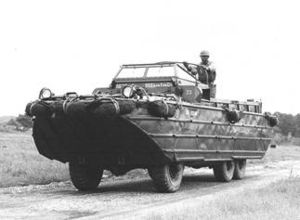
In 1947, Uhugushiku then introduced Taika to the other bushi class martial artist named Wakinaguri. Wakinaguri no Tan Mei was a sixth generation Okinawan whose family had originally emigrated from China. This new instructor was an expert on vital point strikes (kyusho jutsu). Wakinaguri passed the kata Shi Ho Happo no Te and Shi Ho Miyo no Te to Taika.
Both of Taika's first instructors,Uhugushiku and Wakinaguri, were considered kakurei bushi, hidden warriors. They did not teach karate publically. Both were prepared to take their knowledge to their graves and only taught Taika based on his families lineage, and in the final years of their lives.
Other Karate Instructors (1953-1958)
Uhugushiku died in 1951 leaving Taika as his only student and heir to his style. Two years later in 1953, Wakiniaguri died leaving Taika a Nin Tei Sho scroll naming him as the sole inheritor of his style as well. Taika looked for other instructors and peers to further his training. It is difficult to tell who he trained with, when or for how long as often when you could get a small snippet of information from him, that would be it. He would usually say something like, "not important". So the below instructors, for the most part, may of had a tiny influence or even more but it is impossible to tell the extent. He also was part of many research and training groups.
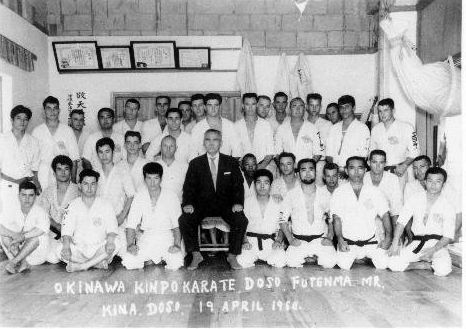
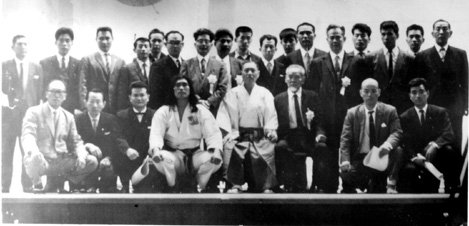
Chōshin Chibana
Chibana was one of the instructors that Taika went to early on after both Uhugushiku and Wakinaguri died. Taika told us in a class on 11-09-2011 that he trained with him for about three months until they argued over the Naihanchi kata. Chibana told him that these kata were for fighting on rice paddies which Taika thought was funny and laughed. Apparently this offended Chibana and Taika was asked to leave.
Itoman Uechi
Another was Itoman Uechi, most likely Kanei Uechi b. 1904. (Itoman is actually a city located at the southern end of Okinawa). This is not the Uechi of Uechi-Ryu. Uechi was a student of Kenwa Mabuni and established the Shito-ryu Kempo Karate-do Kai.
Shigeru Nakamura - Okinawan Kenpo (1958-1968)

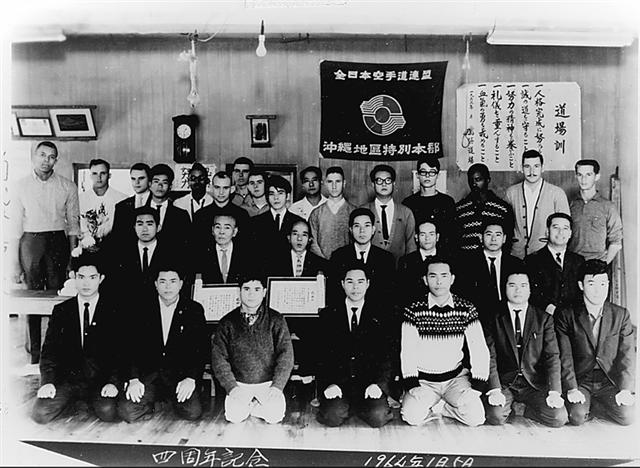
Taika is pictured in the above right photograph from January 1, 1964 in the front row, third from the right wearing a sweater that was a gift from a student's wife.
In and around 1958, Taika began training at Shigeru Nakamura's dojo, in Okinawan Kenpo. Nakamura was known to have studied from instructors like Chomo Hanashiro, Yabu Kentsu, Kanryuo Higashionna as well as Anko Itosu while in attendance in middle school in Shuri, Okinawa. After graduation from the Prefectural Teacher's Training College, Nakamura spent ten years as a student of Shinkichi Kuniyoshi. Kuniyoshi was known for his striking abilities. Mr. Nakamura in his time was known as chiki bushi (punch warrior). Nakamura had a desire to see all Okinawan karate united under one banner. In 1955, he formed with Zenryo Shimabukuro the Okinawan Kenpo Renmei.
From Mr. Nakamura, Taika learned the twelve basic empty hand kata he taught as the core of his kata curriculum. (Apparently he also learned Sanchin and taught it briefly is his early instructor career, but gave it up as being too hard on the body. He would say, practitioners of Sanchin do not live long, bad for heart.) Nakamura was also a big proponent of bogu kumite, sparring incorporating padded gloves, chest protectors, and modified kendo masks. Taika initially trained a lot in bogu as it was a way to gain notoriety as well as entice the G.I. to train when he began teaching on Okinawa. In later years he did not include bogu in his curriculum as he felt, with its rules, it conflicted with the core fundamentals of his art. For instance, in bogu kumite you cannot kick below the belt which is where he taught to kick. It also prevented any grappling, something he was noted for.
Taika also participated in a research group with Seikichi Uehara (b1904-d2004), who eventually inherited the Motobu family system, where they compared tuiti and analyzed weapons fighting.
Taika eventually opened his own dojo in Makiminato, Urasoe, Okinawa. Many of his students were U.S. servicemen from the local military base.
| 1950's - Lost Book of Taika Sometime in the mid to late 19650's Taika had a series of pictures taken by a photographer for his first technique book. Though the book wasn't finished, the photographs and his notes survive and a effort is currently underway to bring this historical work to light. |
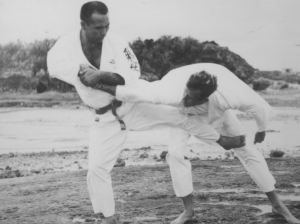 |
| 1960's | |
|
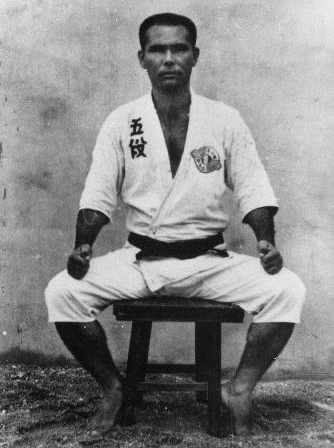 1964 Godan Portrait |
|
1961,06-17 Okinawa Kobudo Group |
1964 Okinawa Karate Championship |
 Taika, second from left - 1966 |
1967 Karate Do Group |
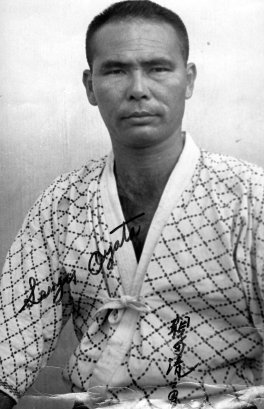 1968 Portrait |
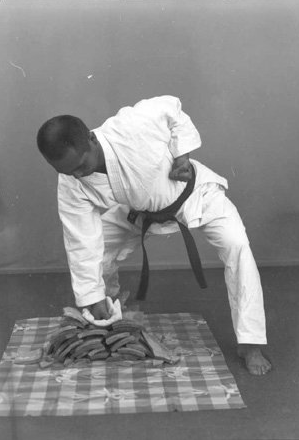 1968 Tile Breaking Portrait |
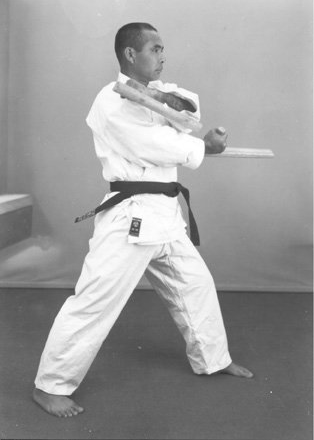 1968 Tonfa Portrait |
 Taika - 1968 |
1968
Taika was brought to Olathe, Kansas for a short visit this year. This is where the first known video recording was created. Prior to returning to Okinawa, Taika was filmed going through the 12 core kata as well as an early rendition of what was called Renshu Dai Ichi (Exercise 1).
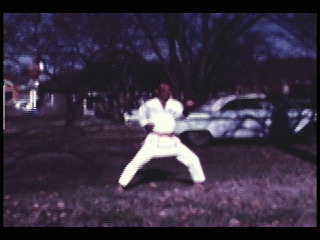
While in America, Mr. Nakamura's organization became a victim of internal politics and the Okinawan Kenpo Renmei disbanded. Upon his return he continued to train many American servicemen for a time. At some point he quit running a dojo in Okinawa.
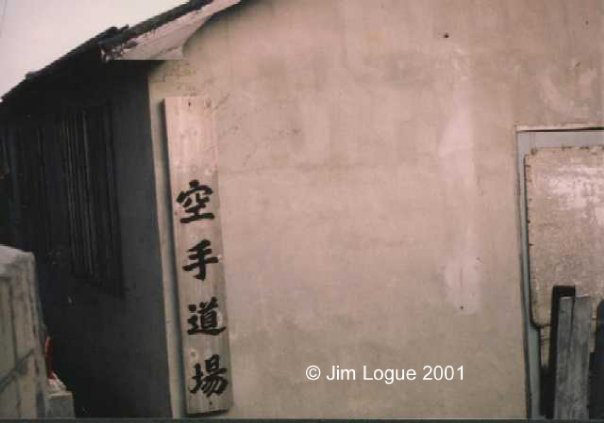 1969 - Outside of Taika's dojo "Kenpukan" |
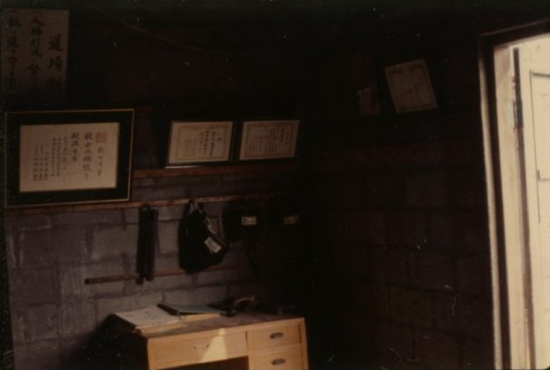 1969 - Inside of Taika's dojo "Kenpukan" |
1969-1985 - Ryukyu Karate-do Renmei
Taika returned to Okinawa at the end of 1968, and Mr. Nakamura died in January of 1969. Taika then formed the Ryukyu Karate-do Renmei with Seikichi Uehara and Shian Toma. The term "Ryukyu Kempo" was a somewhat generic term for karate used by several others as well. In 1973, some of Taika's American students, formed The American Federation Of Ryukyu Kempo and Kobudo.
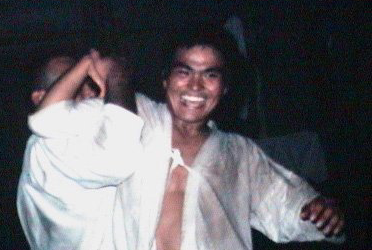 1970 Arm Wrap - Tuite |
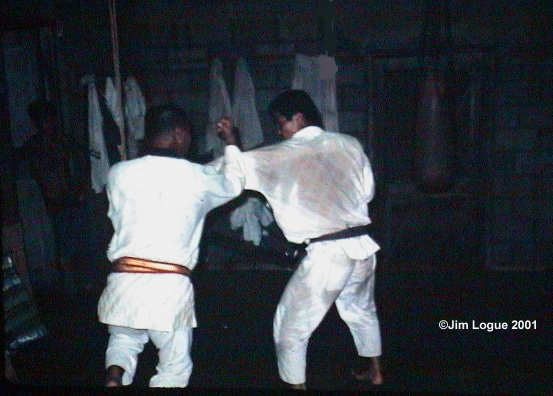 1970 - Arm Bar |
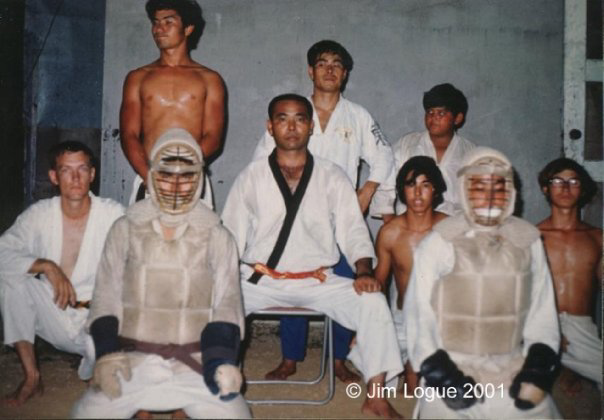 1970 Dojo |
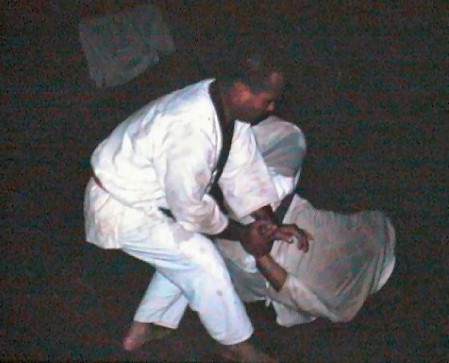 1970 Take Down |
1977
Taika immigrated permanently to the United States and began calling his art Ryukyu Kempo, giving the Ryukyu people credit for the development of karate. The name Ryukyu Kempo itself is a generic term that can describe any Okinawan karate. At no point was Ryukyu Kempo trademarked or would there have been an ability for it to have been trademarked, as it was used by others as well. Taika also introduced and popularized the terms tuite jitsu and kyusho jitsu. Tuite, specifically, was a hybrid word of 1/2 Okinawan language and 1/2 Japanese language that Taika himself put together. Prior to Taika, nobody used this term in this fashion. The other interesting thing about all these terms is that they were incorrectly spelled by his early students that did not have a good working knowledge of either the Okinawan or Japanese languages. With Taika's thick accent, what should have been kenpo was spelled kempo, and what should of been jutsu became jitsu. If you watch the previously discussed video from his 1968 visit, almost every kata name was spelled incorrectly as well.
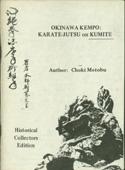 |
In 1977 Taika, with help of his students, had Choki Motobu's book, Okinawan Kempo" translated and began selling them. These were limited edition works and came complete with a small certificate which resembled a yudansha certificate. These were serialized and the book also had a forward by Taika. |
During these early years in the United States, Taika created his second known film. This was a black and white, 16mm film where Taika went with a student to and performed many techniques. The first part was filmed in front of Fort Osage in Sibley, MO, the second location is not known.
|
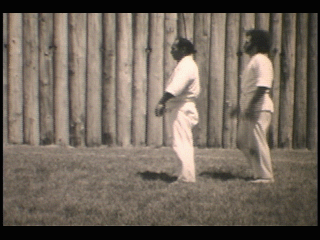 |
.
1979-1980
| An article about Taika appears in the September 1981 Black Belt Magazinie | 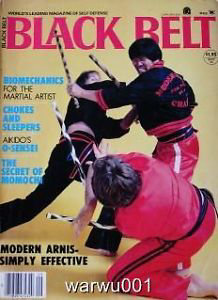 |
On June 18, 1983, Taika gave what is generally recognized as the first public seminar on the art of tuite. The seminar was conducted at Whatsoever Gym in Kansas City, Missouri.
1985-1997 - Zenkoku Ryukyu Kempo Karate Kobudo Rengo Kai
In 1985, Taika changed the organization name to the Zenkoku Ryukyu Kempo Karate Kobudo Rengo Kai in an early attempt to seperate himself from others using the name Ryukyu Kempo, particularly those that either only went to a handful of his seminars or none at all
In March of 1986 the first Ryukyu Kempo News is published as a one page, typed document with the organization name of Zenkoku Ryukyu Kempo Karate Kobudo Rengo Kai.
July 1986 the Ryukyu Kempo News shows an upgrade in formatting and has the English association name of International Ryukyu Kempo & Kobudo Association. The #4 Kata and Training Tape was advertised for $35 and the Heavy Winter Hakama was being sold for $50.00. A newly designed patch was for sale for $5.00. A yearly subscription to the newsletter was $12.00.
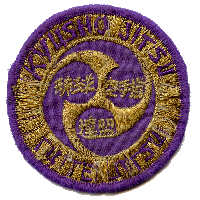
June 1991 - Oyata Prductions announces in the newsletter the releases of the first four tapes in the "Classical Art of Okinawan karate" series, or the "Classical Okinawan Arts" series. Oyata Enterprises and Oyata Productions are two separate companies located in two separate buildings at this time.
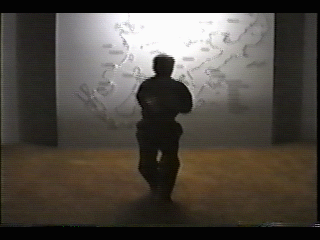
August 27, 1991 - Taika's father passes away at the age of 98.
1992 RyuTe® Oyata Shin Shu Ho®
Officially, Taika brushed out Oyata Shin Shu Ho on December 31, 1991. He additionally brushed a new association name as Ryukyu Budo Shodai Soke. This was announced in the first newletter of 1992. In 1992, Taika decided to officially divorce himself from the name Ryukyu Kempo as people who had merely attended seminars of his were using the name as well as others that had never trained with him. These other people he had no control of, nor did he believe they were teaching the same things he believed in. He officially registered the name RyuTe® Ren Mei which he believed would make this seperation evident. The Ryu was the same fist character of Ryukyu, which he still believed the art should honor its origin. Te was simply the character for hand. In his mind, this was like we would call an acronym in English, where he combined words meaning the Hand of the Ryukyu Islands. At the time he had a rather large following and made an early attempt to make a higher tier of practitioners that he would name Oyata Shin Shu Ho®. He initially believed this group would be the ones teaching his art when he passed away, as he was starting to think of his mortality at this time. Little did he know he would live another two decades.
May 1992 - The Oyata Shin Shu Ho mon replaces the Ryukyu Kempo mon on the top of the newleetter and a Registration Mark was applied for.
January 1993 - The Oyata Shin Shu Ho patch began shipping with black belt memberships.
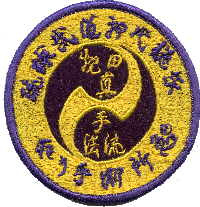
October 1993 - The Okinawan-American cultural Association awards Tai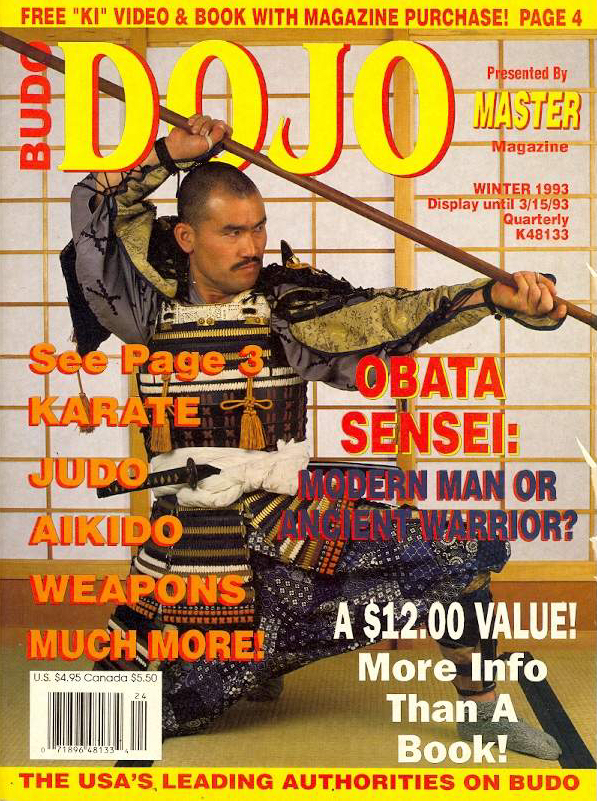 ka with a Judan certificate at his birthday celebration.
ka with a Judan certificate at his birthday celebration.
November 1997 - Newsletter changed to RyuTe® Reporter. Both RyuTe® and Oyata Shin Shu Ho® trademarks are finally approved by the United States government.
1998
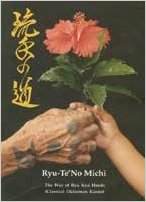 |
In 1998 Taika published RyuTe® No Michi. This book is full of historical references, information about the various castles of the Ryukyu kingdom, as well as defensive philosophies of Taika. |
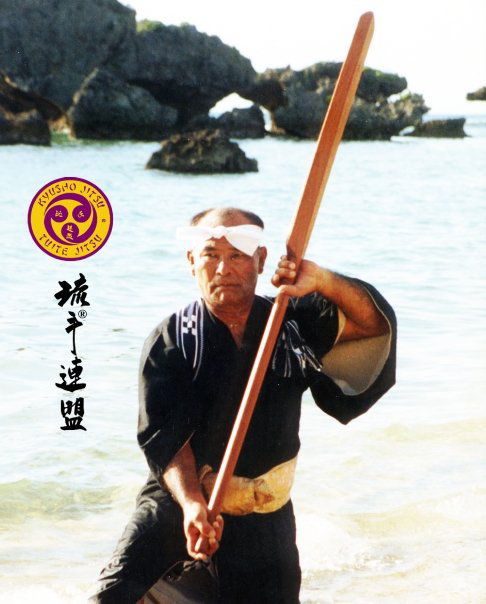 |
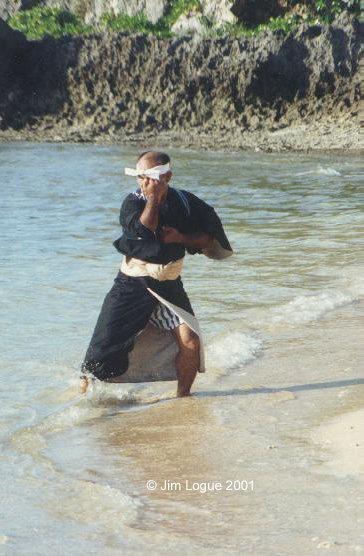 |
2009 Nin Te Sho
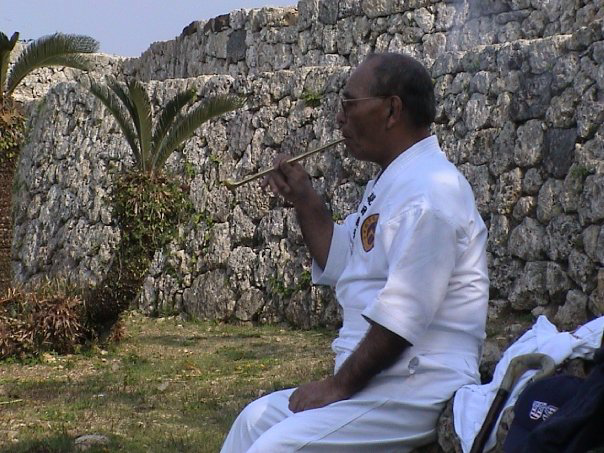
In 2009, having lived another 17 years past the creation of RyuTe® Ren Mei and Oyata Shin Shu Ho®, Taika felt that he wanted to ensure that his legacy carried on and that certain people had a form of proof that he believed in their abilities. He was disenchanted over some of the people whom he had promoted over the years and later expelled. He wanted to create another tier to carry on his legacy. Over the next year, he worked on the wording and certificate for the Nin Te Sho which was an official proclamation of a person's ability. The first to receive one of these publicly was Tasshi Jim Logue in 2010, however he died in 2011. Taika had plans for others prior to leaving Independence for a doctors visit in Aberdeen, SD in May of 2012. While there he felt some chest pain and went into the hospital where he was subsequently rushed into a surgery. Shortly after surgery, Taika suffered from a small stroke which inevitably became his undoing in the coming weeks. Taika died on June 18, 2012.
Taika's legacy continues on and is managed by a board of directors. He had many students scattered throughout the world. Some will hold onto his beliefs and teachings, and continue to carry the torch. His teachings will live on.
Lee E. Richards
